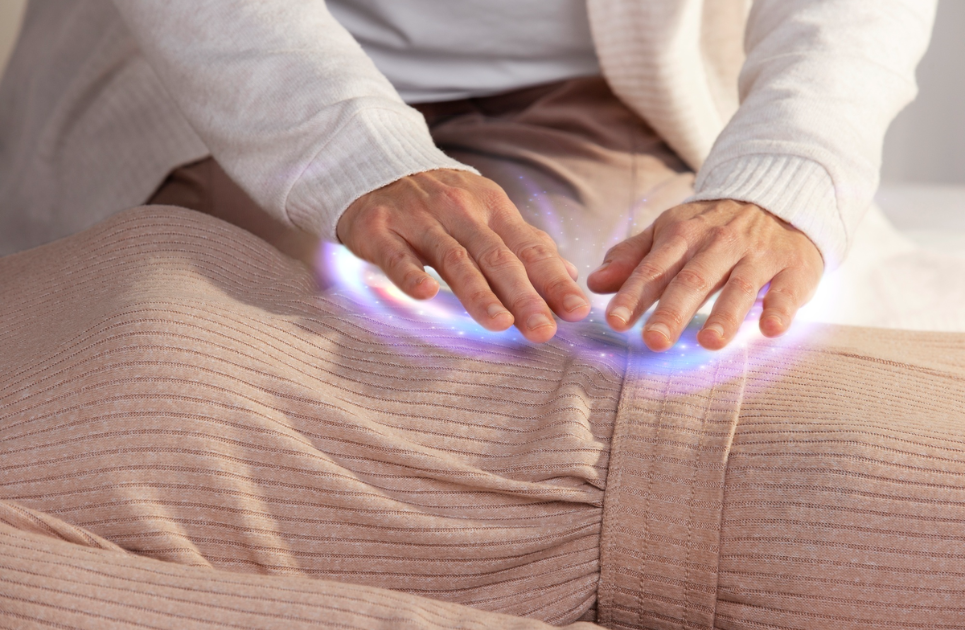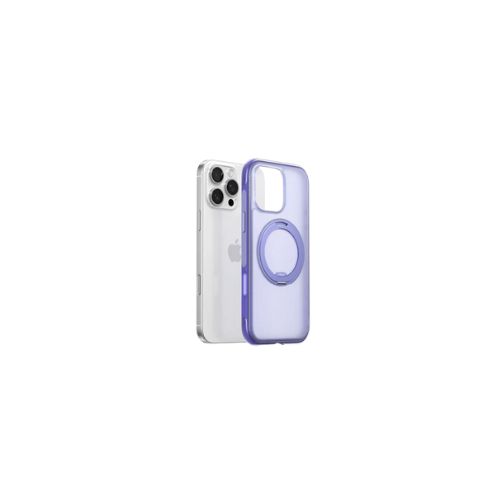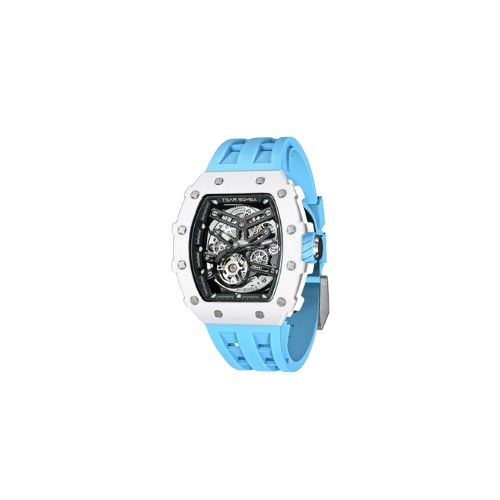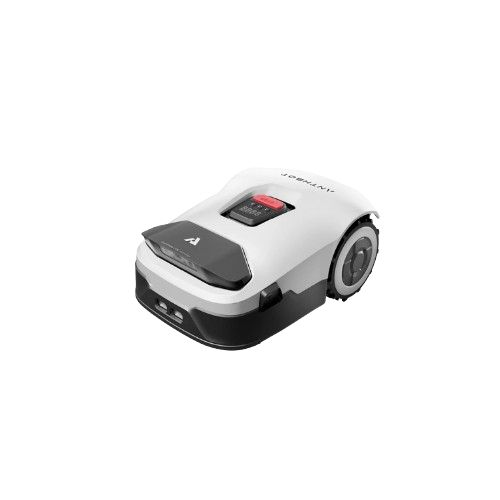Recharge Health: Light Therapy for Healing
Recharge Health offers the FlexBeam wearable red light therapy device plus clinical guidance and membership tools to support recovery, energy, and relief.
By Admin
·September 25 10
Modern health often demands more than pills and rest. Many people are turning to light therapy as a tool for support, recovery, and rejuvenation. Recharge Health specializes in wearable red and near-infrared light therapy devices designed to bring therapeutic light right to your body, combined with guidance and support to maximize results. Whether you're recovering from an injury, managing chronic discomfort, or simply aiming to boost vitality, Recharge Health offers a structured, research-aligned system to help.
The Core Technology: FlexBeam Wearable Device
At the core of Recharge Health is the FlexBeam, a wearable red and near-infrared light therapy device. This device delivers targeted wavelengths of light deep into tissues intended to stimulate cellular repair, reduce inflammation, and support recovery. The unit is designed to be comfortable and usable at home, wrapping around limbs or joints where therapy is needed most.
Because it is wearable and hands-free, FlexBeam allows treatment while doing everyday tasks no need to stay stationary under a large lamp or bed of lights. That convenience makes light therapy more accessible for consistent use, which is key to seeing results over time.
The Science and Mission Behind Recharge Health
Recharge Health is a Norwegian company founded in 2019, with its roots in Thailand and now headquartered in Oslo. The brand positions itself as a developer of non-pharmaceutical, non-invasive health devices that empower self-healing using light. Their mission is to improve quality of life through innovative technology and meaningful clinical support.
With the FlexBeam, Recharge Health promises performance claiming a high optical power output that surpasses many competing light therapy devices. They highlight how targeted wavelengths impact mitochondrial function, energy production, and tissue recovery. Their aim: to give users a tool to stimulate healing, not replace medical care.
Use Cases: From Pain Relief to Performance
Many users of Recharge Health devices report benefits in a variety of contexts. One frequent application is pain relief. Whether from joint issues, muscle soreness, or chronic discomfort, red and near-infrared light have been studied for their ability to improve circulation, calm inflammation, and support tissue repair. The device can be applied to the area of concern over multiple sessions to build effect.
Athletes and fitness enthusiasts also find value using the FlexBeam to speed recovery, reduce delayed-onset muscle soreness, and maintain muscle performance. Because light penetrates deep tissues, the device claims to support deeper layers than surface treatments. Users share feedback about feeling less stiffness, quicker warm-up recovery, and more sustained performance when incorporating light therapy into routines.
Another often cited use is sleep and circadian support. Light in specific spectra helps regulate melatonin production and align the body’s internal clock. Some people using Recharge Health products report improved sleep quality and more restorative rest when sessions are timed properly. The brand also offers guides and protocols to help with therapeutic placement and scheduling.
Membership, Guidance & Protocols
Owning a device is only half the journey. Recharge Health complements hardware with membership access and clinical advice. When you purchase the FlexBeam, you automatically qualify to opt into their membership. That gives access to placement guidelines (known as protocols), community support, and educational materials.
For deeper needs, users can upgrade to a Pro membership that includes advanced, customized protocols and even direct consultations with their clinical director. This layered system helps users tailor use to their unique health goals from sleep and immunity to pain support and performance optimization.These protocols guide where to place the device, how long to treat, and how often. The goal is consistency, safety, and gradual benefit. Because light therapy effects accumulate, staying within guidelines helps avoid overuse and maximize ROI.
User Experience and Practical Considerations
From what users and reviews share, Recharge Health devices offer a balance of power and usability. The wearable design means it’s possible to continue much of your daily routine while using it. Light sessions tend to be moderate in time—often 10 minutes or so per protocol zone.
Critics note that while brand claims about outperforming other devices are compelling, real results vary based on condition, consistency, and individual biology. The device is not a cure-all but when used responsibly, many report meaningful improvements over weeks.
Device care is straightforward. Because it’s electronic, users need to handle charging, proper strap fit, and managing placement. For best effects, skin contact and proper alignment matter. Over time, users learn how to adjust protocols as body goals change (e.g. shifting from recovery to maintenance).
Strengths, Challenges & What to Watch
A strength of Recharge Health is how it blends device technology with membership support rather than leaving users to figure it out alone. That structure can help beginners adopt light therapy safely. The device’s portability gives an edge over large panels and static units.
However, some challenges exist. Light therapy is subtle and cumulative—results may take time, especially for chronic conditions. The cost of the device and membership may deter casual users. Also, individual differences in skin tone, depth of tissues, and health status make outcomes variable. Device placement is critical poor positioning can reduce benefit.
It’s also important users understand that devices are complementary tools, not replacements for medical treatment. Recharge Health typically frames its offerings in terms of support, not absolute cures.
Why Consider Recharge Health
If you are exploring therapeutic technology beyond traditional methods, Recharge Health stands out for its thoughtful combination of wearable design, clinical protocols, and community support. The brand makes light therapy more accessible for everyday use not just as a futuristic device, but as a tool integrated into health routines.
Whether your goals are to ease joint pain, boost recovery, improve sleep, or support cellular energy, the FlexBeam system backed by Recharge Health’s membership support can help you explore those possibilities. The brand’s emphasis on education and incremental results helps guide users in realistic expectations.
In summary, Recharge Health offers more than a light therapy gadget. It promotes a system of care with device, protocols, and membership that empowers people to support their own healing. When combined with consistency and attention to use, many users find it a powerful tool in the wellness toolkit.















